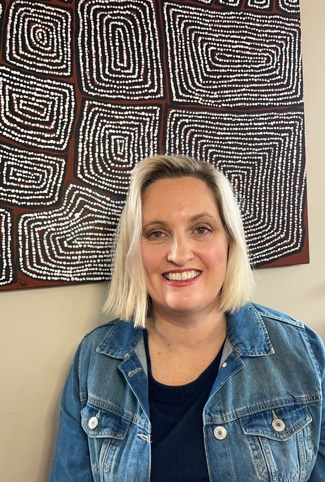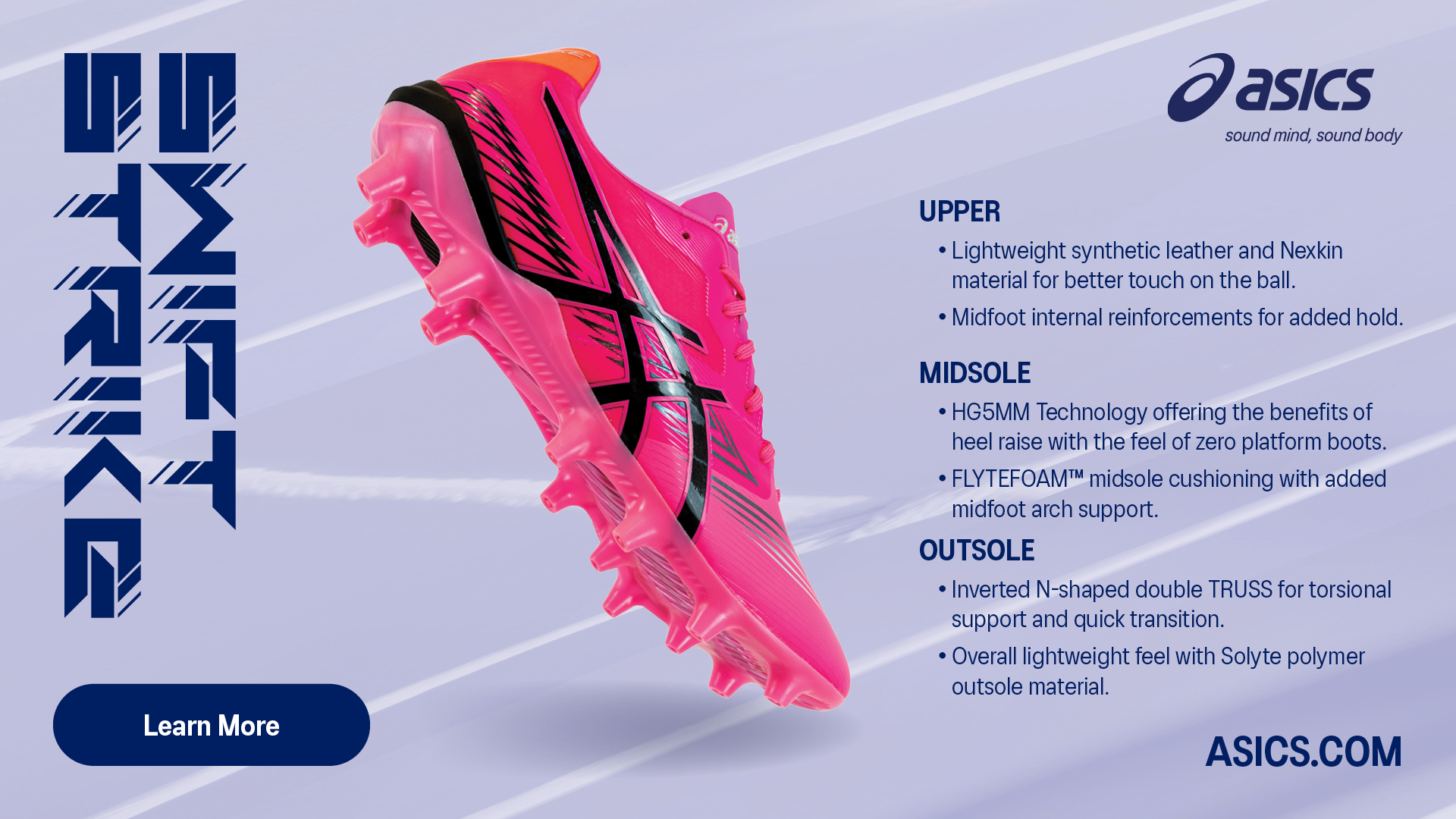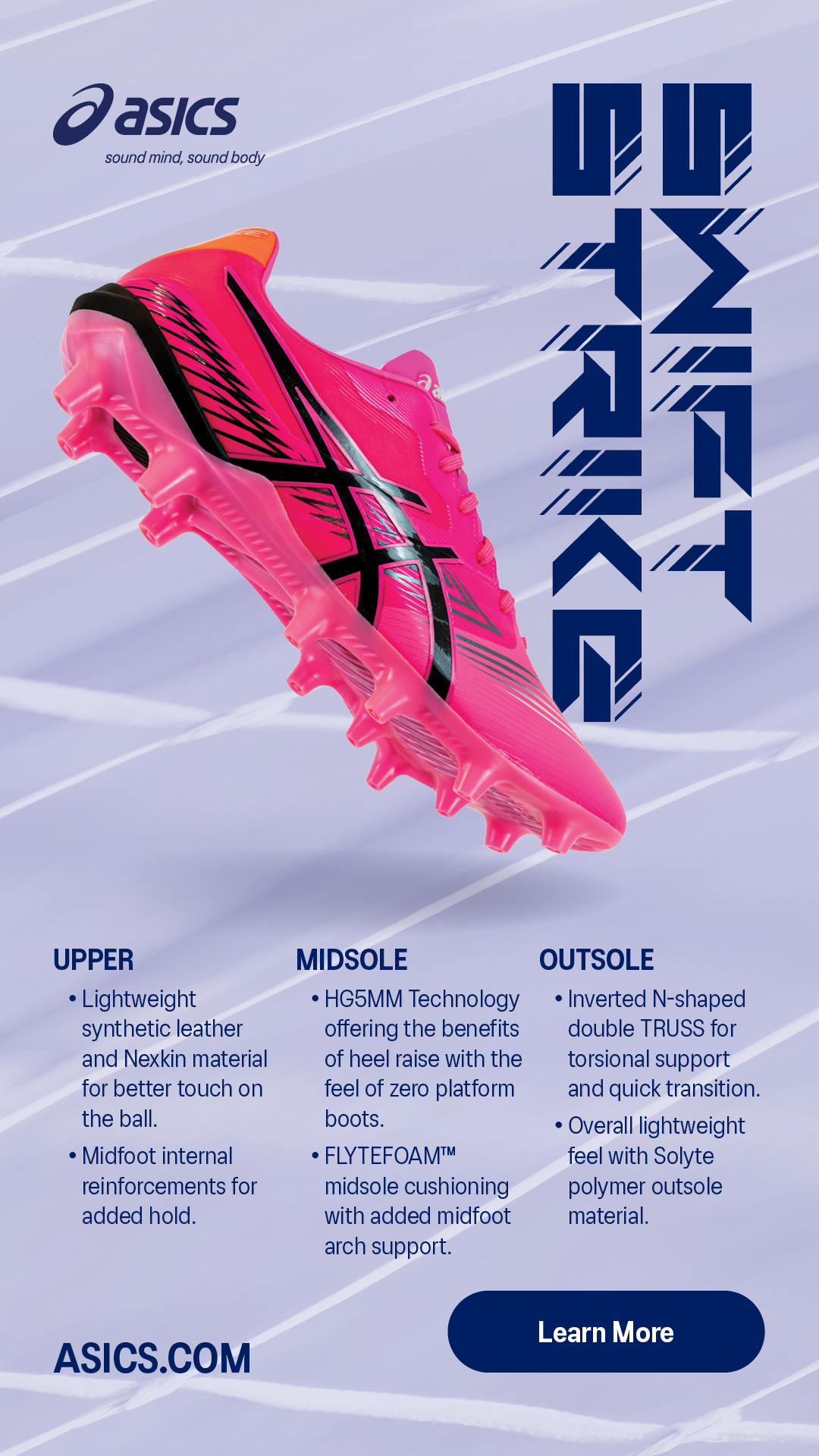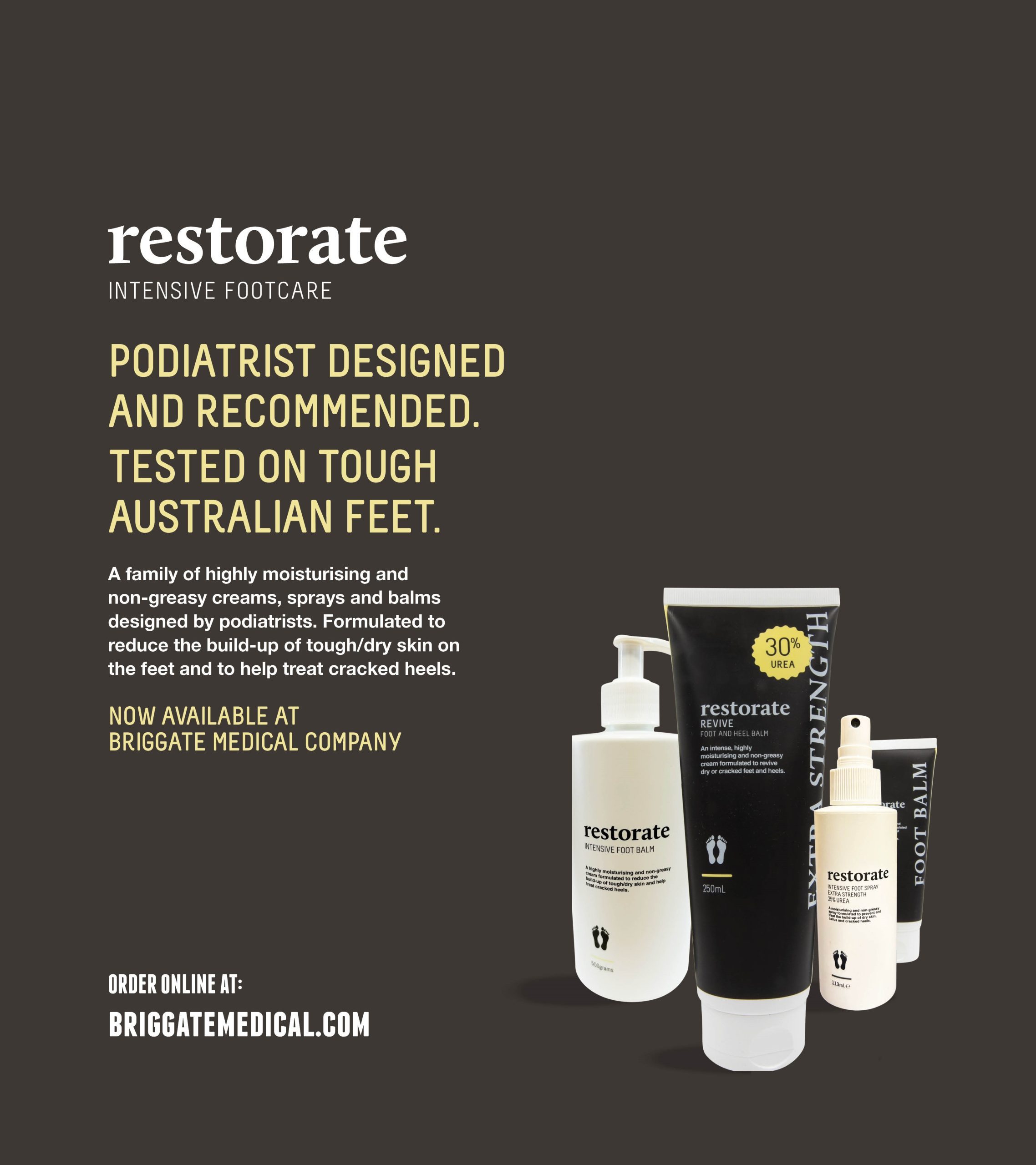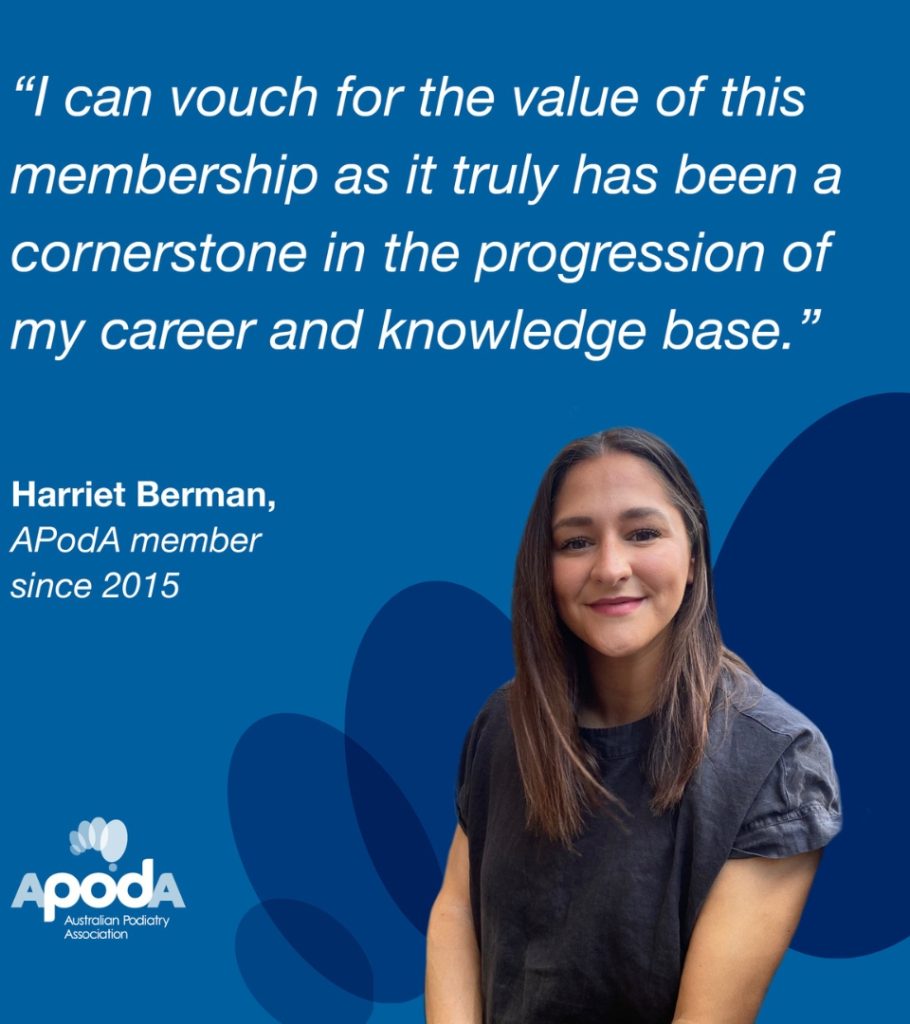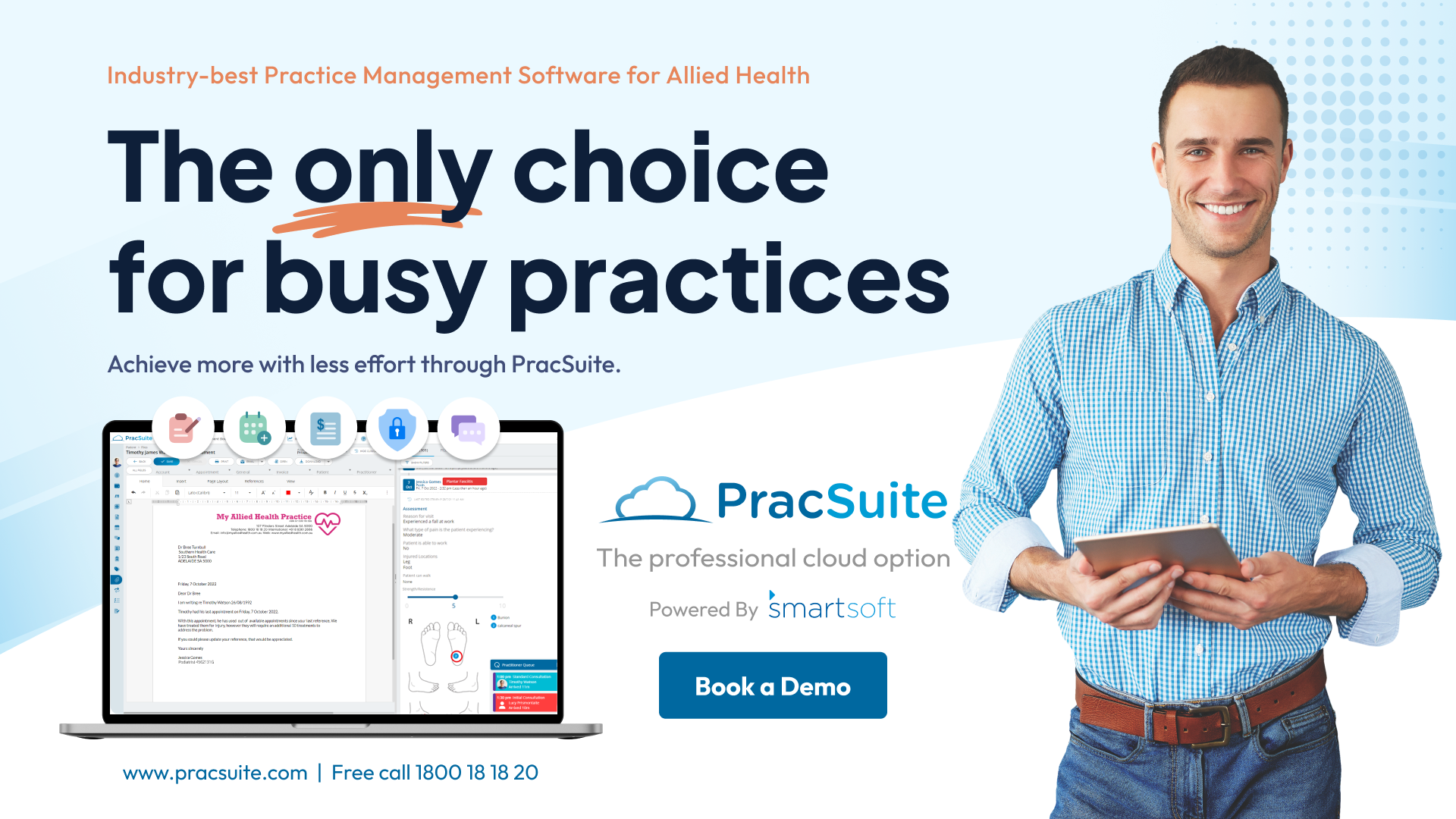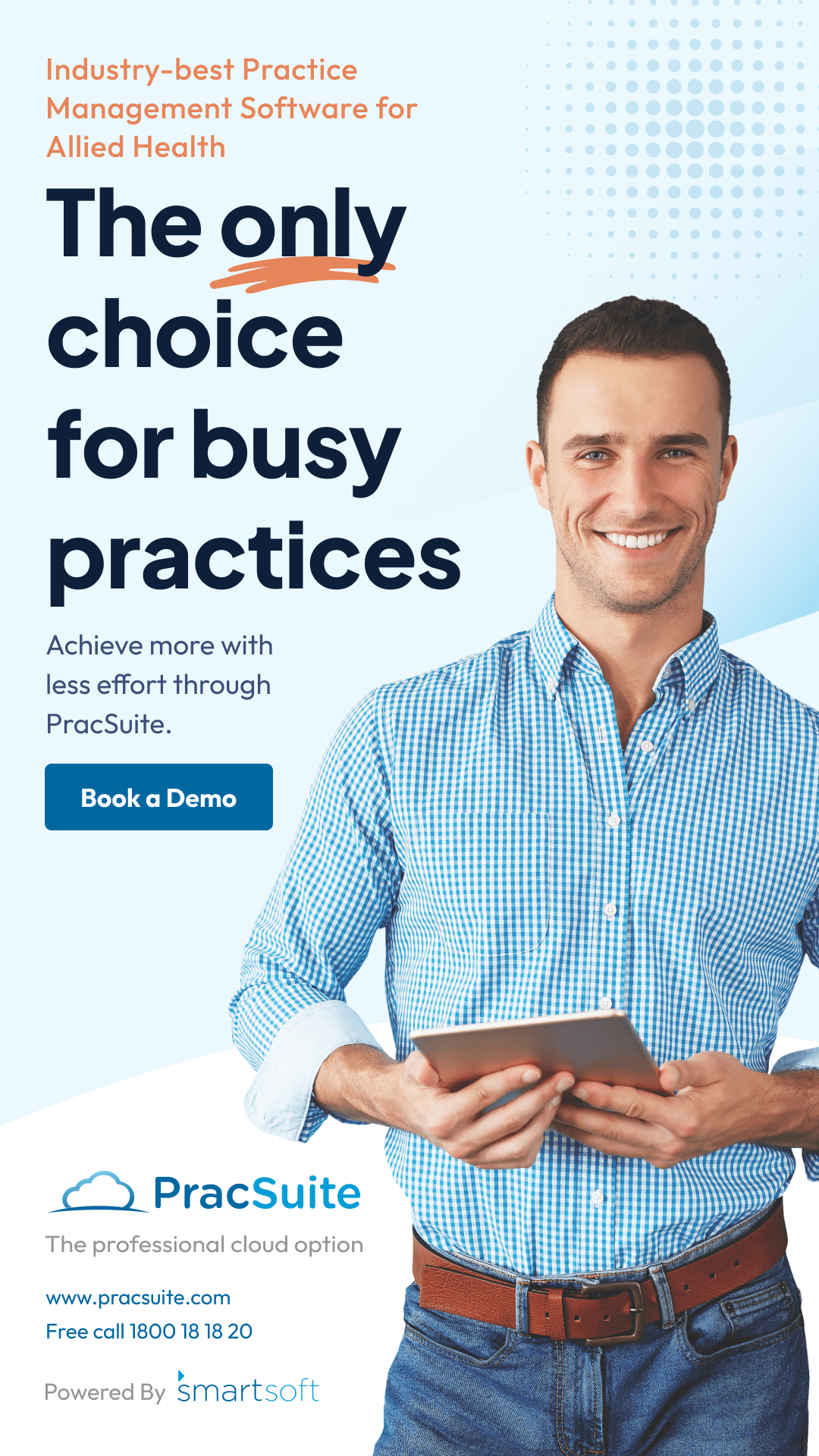The benefits of Congress in Central Australia

How can we improve client-centred care for our younger clients?

Podiatrist Liz O’Malley discusses the role – and importance – of client centred care for younger clients; shining an evidence-based light on the difference podiatrists can make.
The benefits of holistic, client-centred care for all of our podiatry clients are well established, and our youngest clients should not be exempt from these benefits. The overall success of family-centred care has been well discussed, with most paediatric hospitals using a family-centred approach to their policies [1].
To explore the idea of child-centred care, Queensland Health describes child-centred care as:
“A philosophical approach and a set of principles to guide the planning, delivery, evaluation and continuous improvement of healthcare that is grounded in active partnership between healthcare providers, children and families, at a level that reflects the child’s competence and of the family’s choosing”[2].
Key concepts of family-centred care are:
- Ensuring dignity and respect
- Transparent sharing of information
- Whole family participation and collaboration
- Negotiation
- Care in context of family and community.[3]
Respecting and understanding a family’s values, wishes, priorities and cultural requirements are all imperative principles of a family-centred approach. Involvement of the families and their care givers – and giving our young clients a voice – will enable better communication between clients and health care professionals; and better treatment outcomes. In providing family-centred care, the patient, their family and healthcare providers should also have the opportunity to contribute to the goals of their treatment plan[3].
The Charter of the Rights of Children and Young People in Healthcare Services in Australia gives further insight into the recognised vulnerabilities of children, their differential needs compared to adults, and the dependence of children on adults to be able to access appropriate healthcare[4].
How can we as podiatrists provide child and family-centred care?
As podiatrists we are taught to see the client as a whole person, not just a pair of feet. One way to ensure we are providing the best care for our younger clients is to enable multi-disciplinary care.
The use of multi-disciplinary clinics has been globally established across many areas of health care. One such example are the UK standards of care for Juvenile Idiopathic Arthritis (JIA) which state that all young people diagnosed with JIA should have access to a paediatric rheumatologist, clinical nurse, physiotherapist, occupational therapist, psychologist and ophthalmologist.[5]
The multi-disciplinary team in health care allows for varied and complimentary skills and qualifications to all contribute to the successful attainment of goals. This type of multi-disciplinary approach has widely been proven beneficial in primary health care, shown to reduce hospital stays, decrease complications, and reduce levels of anxiety and depression[6]. This approach is evident in many paediatric tertiary health care services where care for the paediatric population is provided through multi-disciplinary teams[7].
Within a paediatric musculoskeletal service, this may include podiatry alongside physiotherapy, occupational therapy, and exercise physiology; with a referral pathway in place to paediatricians, general practitioners, and orthopaedic surgeons. Whilst each health professional is able to provide a unique set of assessment and management skills; together, the care for the client’s holistic needs will be improved. In my experience, recent satisfaction surveys of families attending a multi-disciplinary gait clinic reported improved confidence when managed within a team.
How can I implement the principles of child-centred care into my practice?
Each practice will be different in how they can facilitate family-centred care and multi-disciplinary management into their care planning. In community health settings or larger practices, where our complementing discipline is in the next room, the implementation will be less complex. Smaller clinics can start by increasing the communication with their referral base as a first step. Implementing telehealth meetings for interdisciplinary planning and communication can also be a great way to increase communication with other clinicians. Elsewhere improvements in our health language/literacy may help facilitate family-centred care[3]. Increasing your multi-disciplinary communication streams can help your clients to obtain their goals and increase your advocation.
Want to know more?
The Institute for Patient and Family Centered Care, based in America, has some resources to further your understanding and the Hush Foundation has other limited resources[10].
References
[1] https://www.rch.org.au/policy/public/Patient_and_Family_Centred_Care
[2] https://www.childrens.health.qld.gov.au/__data/assets/pdf_file/0023/177134/child-and-family-centred-care-principles-paper.pdf
[3] Kuo, D.Z., Houtrow, A.J., Arango, P. et al.Family-Centered Care: Current Applications and Future Directions in Pediatric Health Care. Matern Child Health J 16, 297–305 (2012). https://doi.org/10.1007/s10995-011-0751-7
[4] Kokorelias, K.M., Gignac, M.A.M., Naglie, G. et al.Towards a universal model of family centred care: a scoping review. BMC Health Serv Res 19, 564 (2019). https://doi.org/10.1186/s12913-019-4394-5
[5] kids-rights-in-healthcare-australian_version_final_210911web.pdf (awch.org.au)
[6] https://jia.org.uk/resource/standards-of-care
[7] Lei, Y.-Y., ya, S. r. t., Zheng, Y.-R., & Cui, X.-S. (2023). Effectiveness of nurse-led multidisciplinary interventions in primary health care: A systematic review and meta-analysis. International Journal of Nursing Practice, e13133. https://doi.org/10.1111/ijn.13133
[8] https://monashhealth.org/services/movement-disorders-program/about-us
[9] ipfcc.org
[10] Patient & Family Centred Care | Australia | The Hush Foundation

Unlock a world of member benefits
Embark on a journey of professional growth and collaboration by joining the Australian Podiatry Association (APodA) for the second half of the year (up to 30 June 2024). Find out how.
The Australian Podiatry Association’s (APodA) exclusive half-year membership is designed to provide you with immediate access to a host of benefits tailored to enhance your podiatry career.
Pro-rata pricing for your convenience: We understand that timing is everything. That’s why our half-year membership comes with pro-rata pricing, ensuring that you pay only for the remaining months of the year. This flexible approach allows you to experience the full spectrum of APodA benefits without the commitment of a full-year membership.
Professional Indemnity (PI) insurance offer: As a testament to our commitment to your professional well-being, APodA is delighted to extend a special offer on Professional Indemnity (PI) insurance. Secure your PI & PL insurance at an exclusive rate, exclusively available to our members.
Dive into Special Interest Groups (SIGs): Discover a community that aligns with your professional passions by joining one or more of our Special Interest Groups. Whether you’re interested in business, paediatrics, aged care, or medicines, our SIGs provide a platform for focused discussions, networking, and collaboration. This is your chance to connect with like-minded professionals, share insights, and stay at the forefront of your niche.
Why choose APodA for the second half of the year?
- Unrivalled networking: Connect with a diverse community of podiatrists, educators, and industry experts.
- Exclusive events: Gain access to webinars, and symposiums featuring thought leaders in healthcare.
- Professional development: Elevate your skills with our range of educational resources, e-courses, journal club and research insights.
- Advocacy and support: Be part of a collective voice advocating for the podiatry profession, supported by APodA’s advocacy team.
Join APodA today and advance your career, connect with your peers! Don’t miss out on the countless opportunities awaiting you in the second half of the year. Join APodA’s half-year membership today to enjoy pro-rata pricing, exclusive PI insurance offers, and access to our Special Interest Groups.
Learn more about the benefits and get ready to sign up now.
For inquiries, contact the Member Services team on 03 9416 3111 or info@podiatry.org.au

Running your business from home - risks to avoid
As a podiatrist, running your business from home may offer an appropriate balance for you – lowered costs and greater flexibility. However, with any business, there are risks. Working from home carries risks that may not be on your radar. What are these risks?
In this article, BMS explores the potential risks associated with running a business from home, and how to identify gaps in your insurance cover.
The remainder of this article is available to APodA members here.

Bullying in the workplace - prevention tips

Managing and preventing bullying in the workplace is critical to the overall health and wellbeing of employees. In the unfortunate event where bullying does occur, employers have a range of legal and employment obligations to take into consideration to not only ensure a procedurally fair and respectful process is provided to staff, but to also ensure the physical and psychological safety of all employees.
This article will outline an employer’s obligations in accordance with the Fair Work Act 2009 and relevant work occupational health and safety (WHS) legislation. The article will also discuss best practice principles that should be considered when managing workplace bullying.
Member-only full article access available at APodA’s Human Resources Portal.




